Concrete Mixture Cold Joint Prevention and Control System
Abstract
1. Introduction
2. Acquisition Algorithms of the Entire Pouring Process Parameters
2.1. Calculation Model for the Whole Process Time of Mixture Pouring
2.2. Acquisition of Supply Time
2.2.1. Calculation of Supply Time
2.2.2. License Plate Recognition System Based on YOLO11
2.3. Acquisition of Pouring and Vibrating Time
2.4. Acquisition of Pouring Position and Area
2.4.1. Calculation of Pouring Position
2.4.2. Calculation of Pouring Area
3. Development of Cold Joint Prevention and Control System
3.1. Data Acquisition and Transmission System
3.1.1. Regional Positioning Device
3.1.2. Time Acquisition Device
3.2. Cold Joint Prevention and Control System
3.2.1. Selection of Cold Joint Threshold
3.2.2. Cold Joint Prevention Visualization System
3.2.3. On-Site Application
4. Discussions
5. Conclusions
Author Contributions
Funding
Data Availability Statement
Conflicts of Interest
References
- Deng, H.; Fu, H.; Li, H.; Shi, Y.; Huang, Z. Fracture performance and fracture characteristics of concrete members with cold joints: Numerical simulation. Theor. Appl. Fract. Mech. 2023, 125, 103868. [Google Scholar] [CrossRef]
- Deng, H.; Fu, H.; Zhao, Y.B.; Shi, Y.; Huang, X. Using acoustic emission parameters to study damage and fracture characteristics of concrete with different pour intervals cold joints. Theor. Appl. Fract. Mech. 2022, 122, 103601. [Google Scholar] [CrossRef]
- Koh, T.H.; Kim, M.K.; Yang, K.H.; Yoon, Y.S.; Kwon, S.J. Service life evaluation of RC T-girder under carbonation considering cold joint and loading effects. Constr. Build. Mater. 2019, 226, 106–116. [Google Scholar] [CrossRef]
- Wang, X.Y.; Dong, S.F.; Ashour, A.; Han, B.G. Bond of nanoinclusions reinforced concrete with old concrete: Strength, reinforcing mechanisms and prediction model. Constr. Build. Mater. 2021, 283, 122741. [Google Scholar] [CrossRef]
- Yang, H.M.; Lee, H.S.; Yang, K.H.; Ismail, M.A.; Kwon, S.J. Time and cold joint effect on chloride diffusion in concrete containing GGBFS under various loading conditions. Constr. Build. Mater. 2018, 167, 739–748. [Google Scholar] [CrossRef]
- Oh, K.S.; Mun, J.M.; Kwon, S.J. Chloride Diffusion Coefficients in Cold Joint Concrete with GGBFS. J. Korea Inst. Struct. Maint. Insp. 2016, 20, 44–49. [Google Scholar] [CrossRef][Green Version]
- Feng, P.; Bullard, J.W.; Miao, C. A model of phase stability, microstructure and properties during leaching of portland cement binders. Cem. Concr. Compos. 2014, 49, 9–19. [Google Scholar] [CrossRef]
- Men, B.; Qin, Y.; Zhang, X.W.; Wu, J.J.; Liang, D.; Li, M.; Zhou, H. Investigation on the change of shear strength of concrete with cold joint under the action of sulfate dry–wet cycles. J. Build. Eng. 2023, 73, 106770. [Google Scholar] [CrossRef]
- Fu, H.L.; Deng, H.S.; Zhang, J.B.; Shi, Y.; Huang, X.Q. Experimental analysis of influence of pouring interval on fracture performance of concrete structures with cold joints. Theor. Appl. Fract. Mech. 2022, 118, 103289. [Google Scholar] [CrossRef]
- Zhao, C.Y.; Lei, M.F.; Jia, C.J.; Liu, J.; Zhang, Y.; Cui, Z.D.; Lu, G.Y. Effects of cold joints on concrete mechanical properties and tunnel service performance. Struct. Concr. 2025. [Google Scholar] [CrossRef]
- Ji, W.Z.; Qin, Y.; Zhang, X.W.; Zhou, H.; Liang, D. Degradation mechanisms of concrete cold joint surfaces under sulfate cycles and varying pouring intervals. J. Build. Eng. 2024, 86, 108882. [Google Scholar] [CrossRef]
- Li, Q.B.; Ma, R.; Hu, Y.; Huang, F.Z.H.; Shen, Y.Y.; Zhou, S.W.; Ma, J.G.; An, Z.Z.; Guo, G.W. A review of intelligent dam construction techniques. J. Tsinghua Univ. (Sci. Technol.) 2022, 62, 1252–1269. [Google Scholar]
- Glaser, S.D.; Shoureshi, R.A.; Pescovitz, D. Frontiers in sensors and sensing systems. Smart Struct. Syst. 2005, 1, 103–120. [Google Scholar] [CrossRef]
- Tian, Z.H.; Sun, X.; Su, W.H.; Li, D.X.; Yang, B.; Bian, C.; Wu, J. Development of real-time visual monitoring system for vibration effects on fresh concrete. Autom. Constr. 2018, 98, 61–71. [Google Scholar] [CrossRef]
- Zhong, D.H.; Li, X.C.; Cui, B.; Wu, B.P.; Liu, Y.X. Technology and application of real-time compaction quality monitoring for earth-rockfill dam construction in deep narrow valley. Autom. Constr. 2018, 90, 23–38. [Google Scholar] [CrossRef]
- Liu, D.H.; Li, Z.L.; Lian, Z.H. Compaction quality assessment of earth-rock dam materials using roller-integrated compaction monitoring technology. Autom. Constr. 2014, 44, 234–246. [Google Scholar] [CrossRef]
- Pehlivan, H. Identification of structural displacements utilizing concurrent robotic total station and GNSS measurements. Smart Struct. Syst. 2022, 30, 411–420. [Google Scholar]
- Liu, D.H.; Li, X.; Chen, J.J.; Jin, R. Real-Time Optimization of Precast Concrete Component Transportation and Storage. Adv. Civ. Eng. 2020, 2020, 5714910. [Google Scholar] [CrossRef]
- Liu, L.; Cao, G.D.; Shi, Y.H.; Jiang, S.Q.; Deng, D.Q. Effect of time-dependence on the concrete transportation process. Powder Technol. 2024, 437, 119535. [Google Scholar] [CrossRef]
- Zhong, Z.Q.; Zhao, S.X.; Xia, J.; Luo, Q.R.; Zhou, Q.L.; Yang, S.H.; He, F.; Yao, Y. Regression prediction model for shear strength of cold joint in concrete. Structures 2024, 68, 107168. [Google Scholar] [CrossRef]
- Deng, H.S.; Fu, H.L.; Wu, Y.M.; Zhao, Y.B.; Cao, G.Q.; Feng, W. Lining cold joint defect formation mechanism and pouring interval judgement method. J. Build. Eng. 2025, 104, 112403. [Google Scholar] [CrossRef]
- Plataniotis, A.N.; Venetsanopoulos, A.N. Color Image Processing and Applications; Springer: Berlin/Heidelberg, Germany, 2000. [Google Scholar]
- Davix, X.A.; Christopher, S.C.; Judson, D. Detection of the vehicle license plate using a kernel density with default search radius algorithm filter. Optik 2020, 218, 164689. [Google Scholar] [CrossRef]
- Zhou, H.Y.; Xia, H.F.; Fan, C.L.; Lan, T.X.; Liu, Y.; Yang, Y.T.; Shen, Y.X.; Yu, W. Intelligent Detection Method for Surface Defects of Particleboard Based on Super-Resolution Reconstruction. Forests 2024, 15, 2196. [Google Scholar] [CrossRef]
- Zhu, R.Z.; He, Q.Y.; Jin, H.; Han, Y.; Jiang, K.J. License Plate Detection Based on Improved YOLOv8n Network. Electronics 2025, 14, 2065. [Google Scholar] [CrossRef]
- Huang, Y.; Wang, D.; Wu, B.; An, D. NST-YOLO11: ViT Merged Model with Neuron Attention for Arbitrary-Oriented Ship Detection in SAR Images. Remote Sens. 2024, 16, 4760. [Google Scholar] [CrossRef]
- Li, J.J.; Tian, Z.H.; Sun, X.; Ma, Y.S.; Liu, H.R.; Lu, H. Modeling vibration energy transfer of fresh concrete and energy distribution visualization system. Constr. Build. Mater. 2022, 354, 129210. [Google Scholar] [CrossRef]
- Zhang, X.Y.; Gracanin, D. An approach to WebGL based distributed virtual environments. In Proceedings of the 18th International ACM Symposium on 3D Web Technologies, San Sebastian, Spain, 20 June 2013. [Google Scholar]
- Liu, J.C.; Xu, W.; Jiang, T.; Han, X.F. Development of an Attitude Transformation Method From the Navigation Coordinate System to the Projection Coordinate System. IEEE Geosci. Remote Sens. Lett. 2020, 17, 1318–1322. [Google Scholar] [CrossRef]
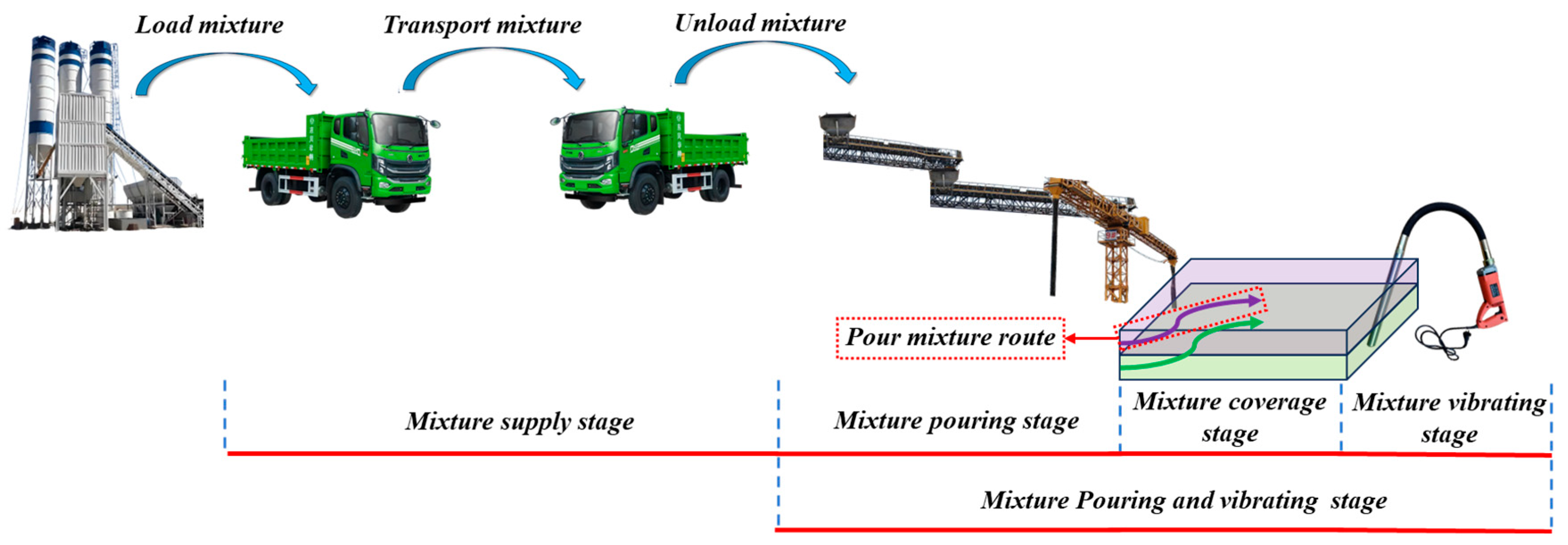
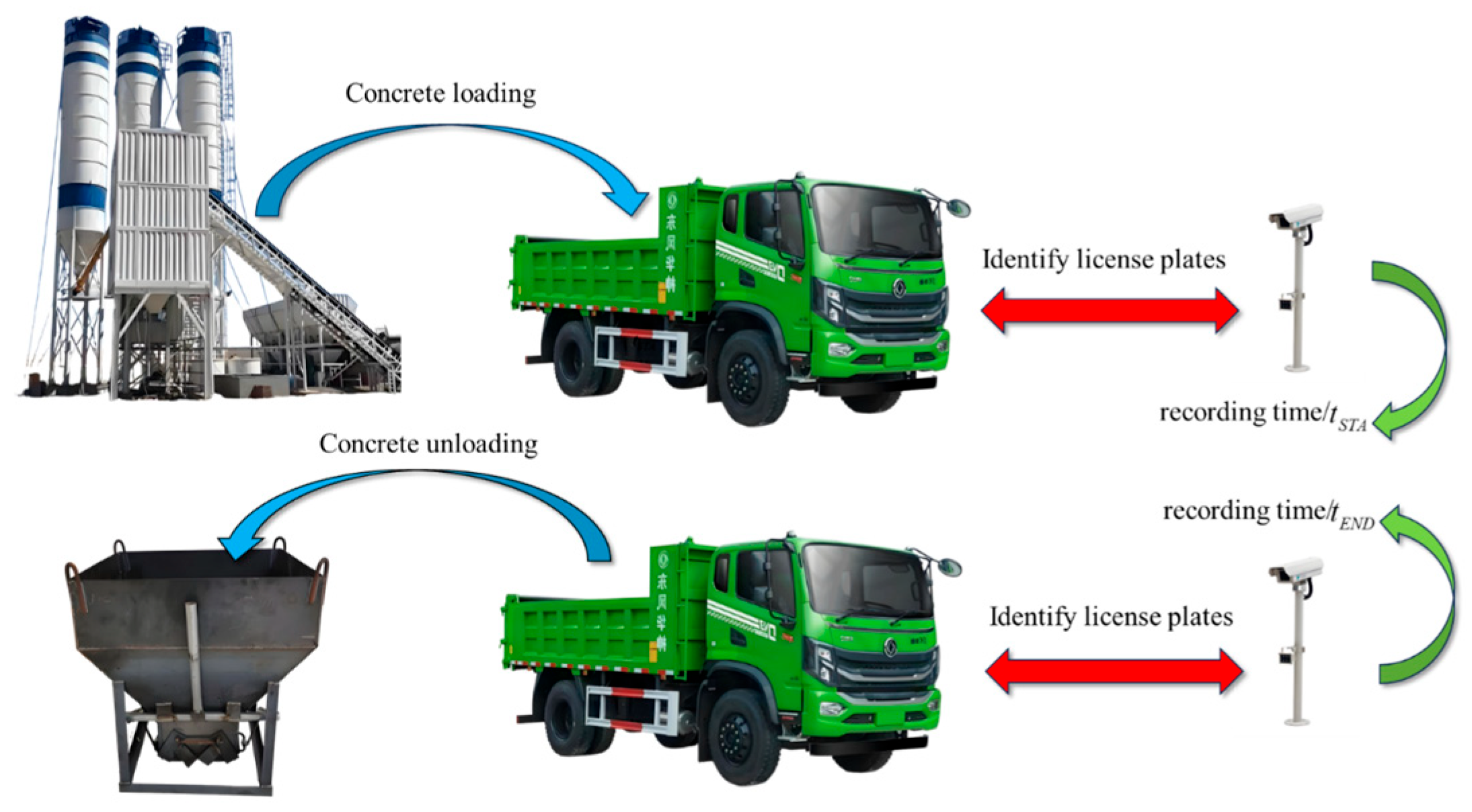
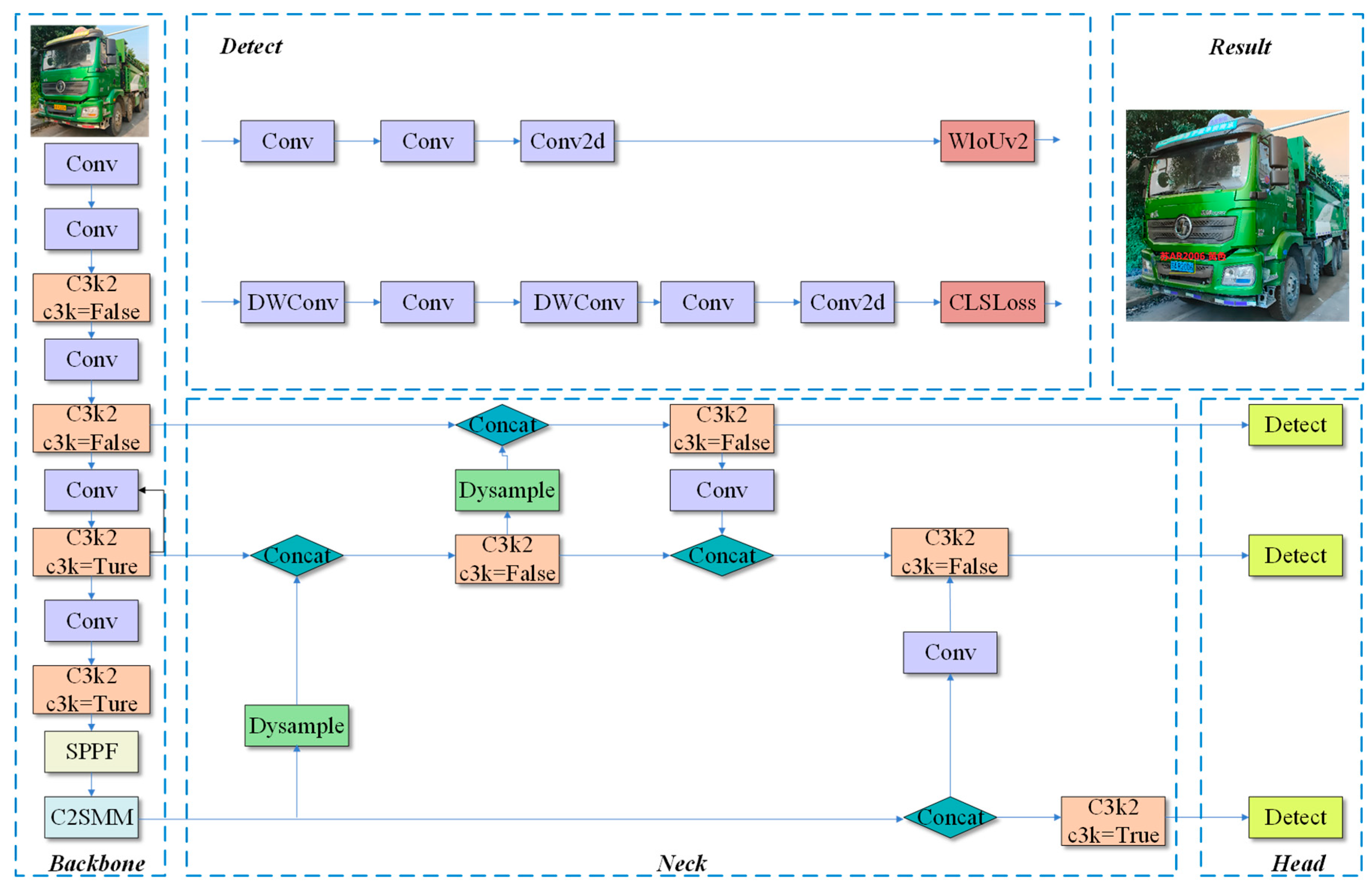

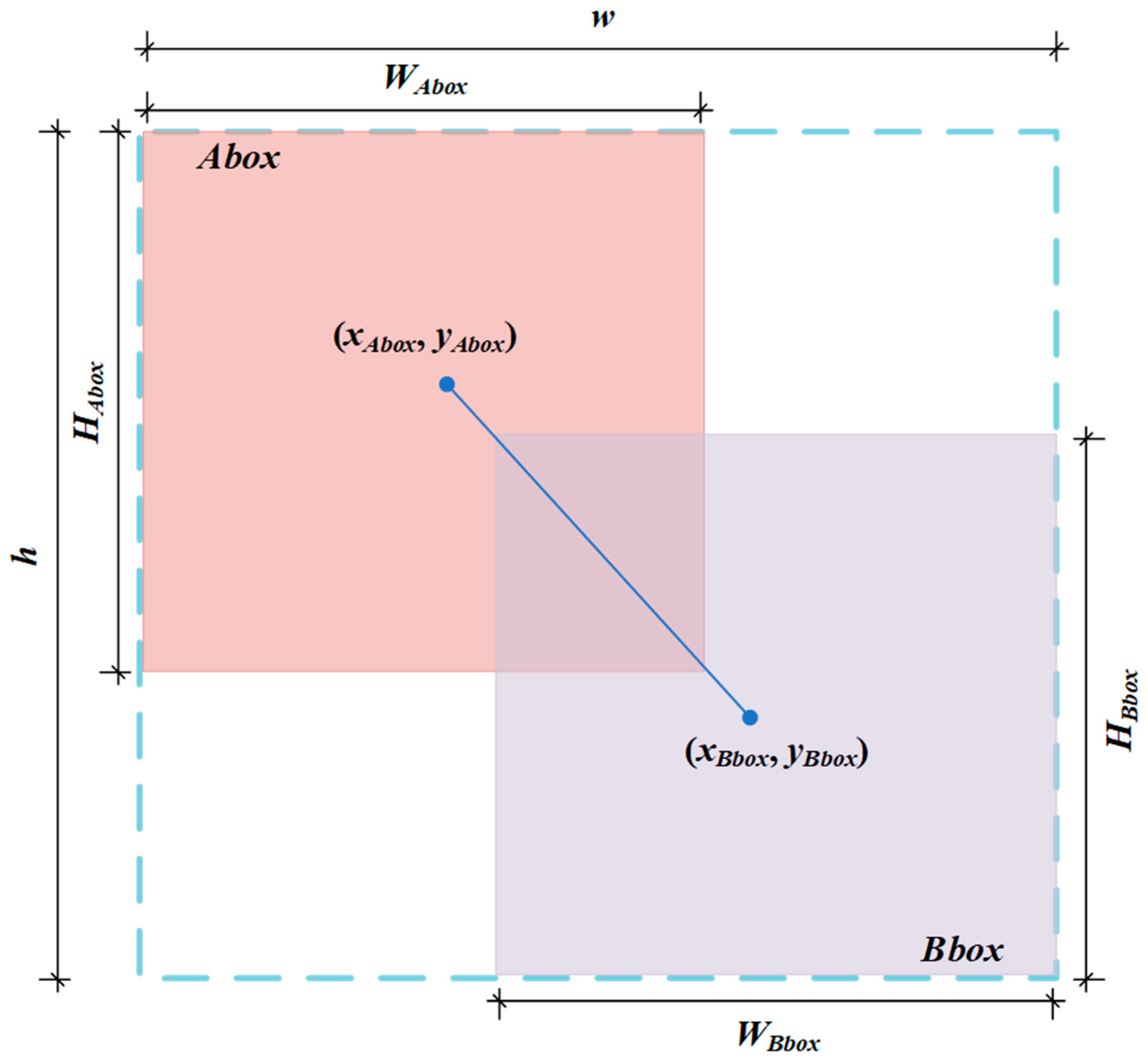
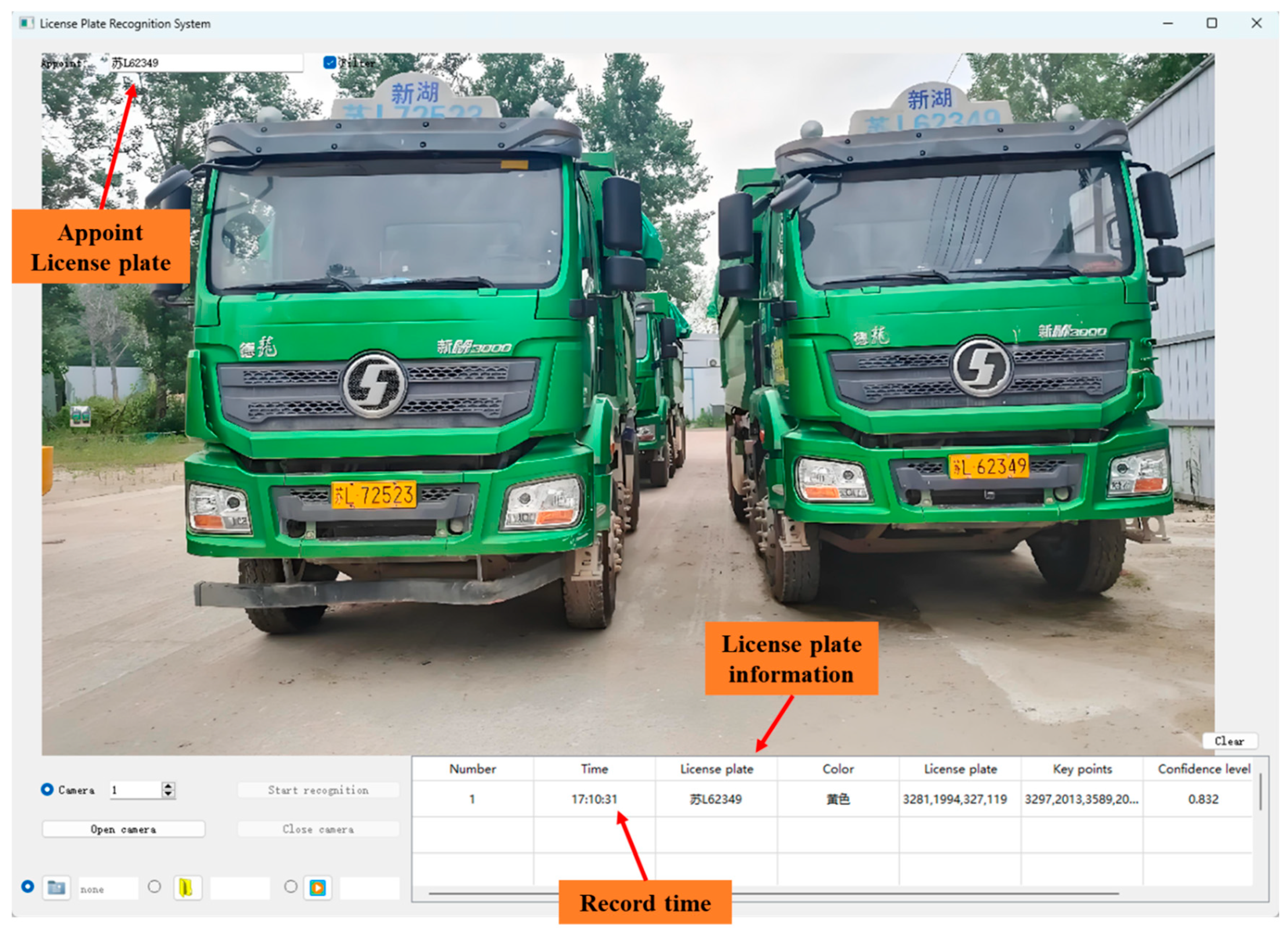
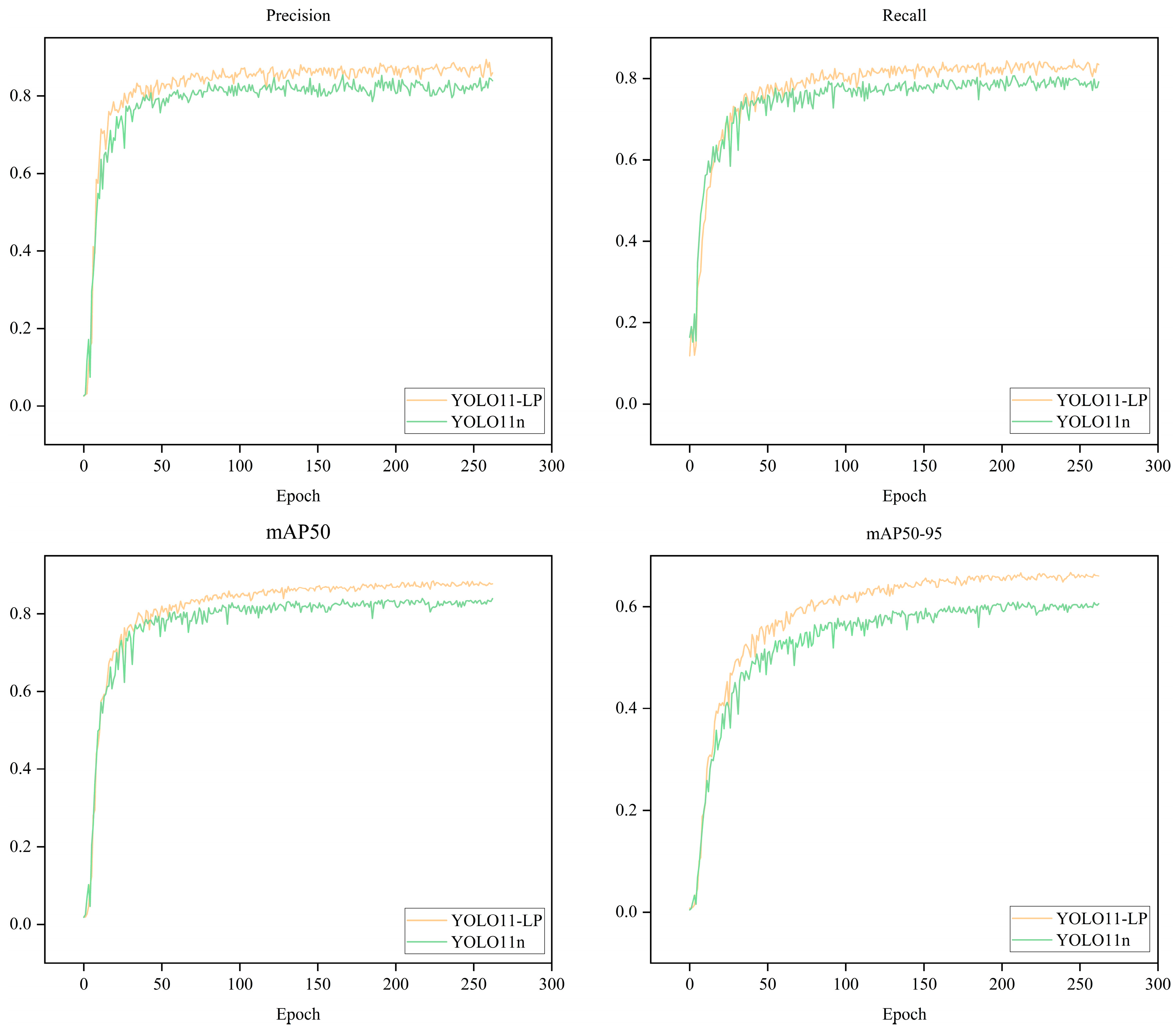
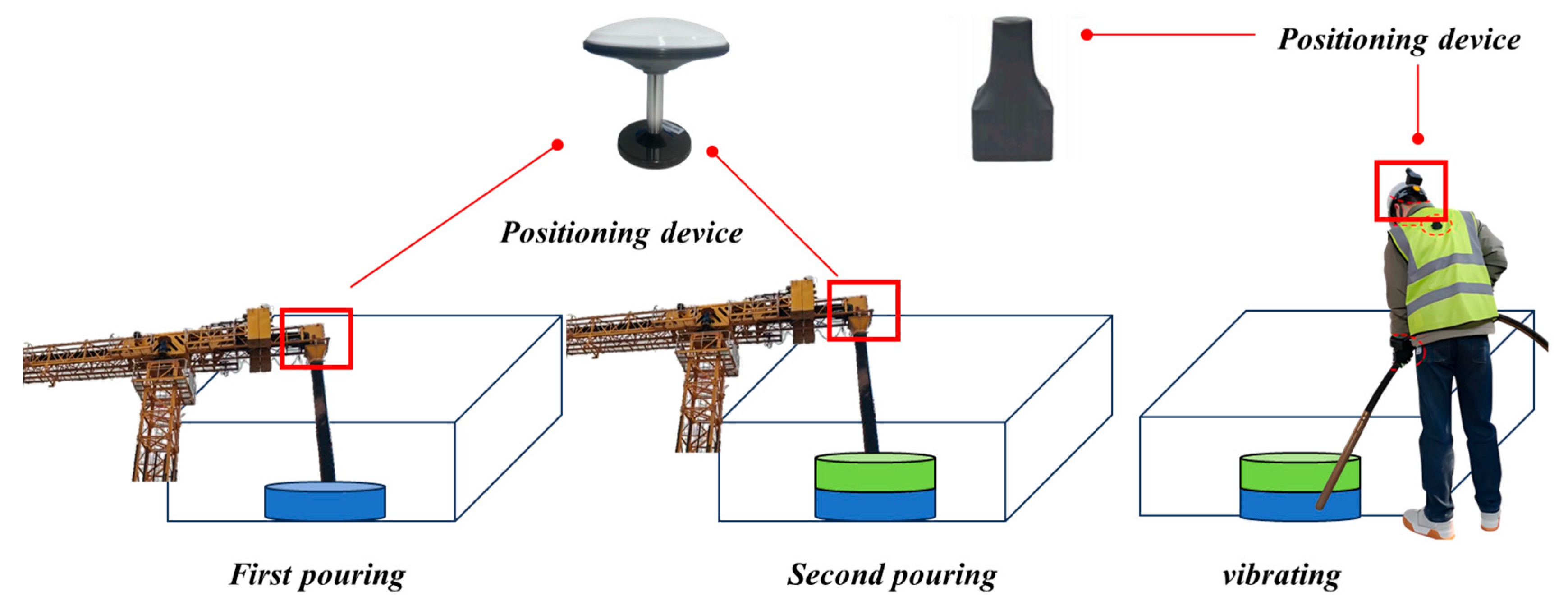

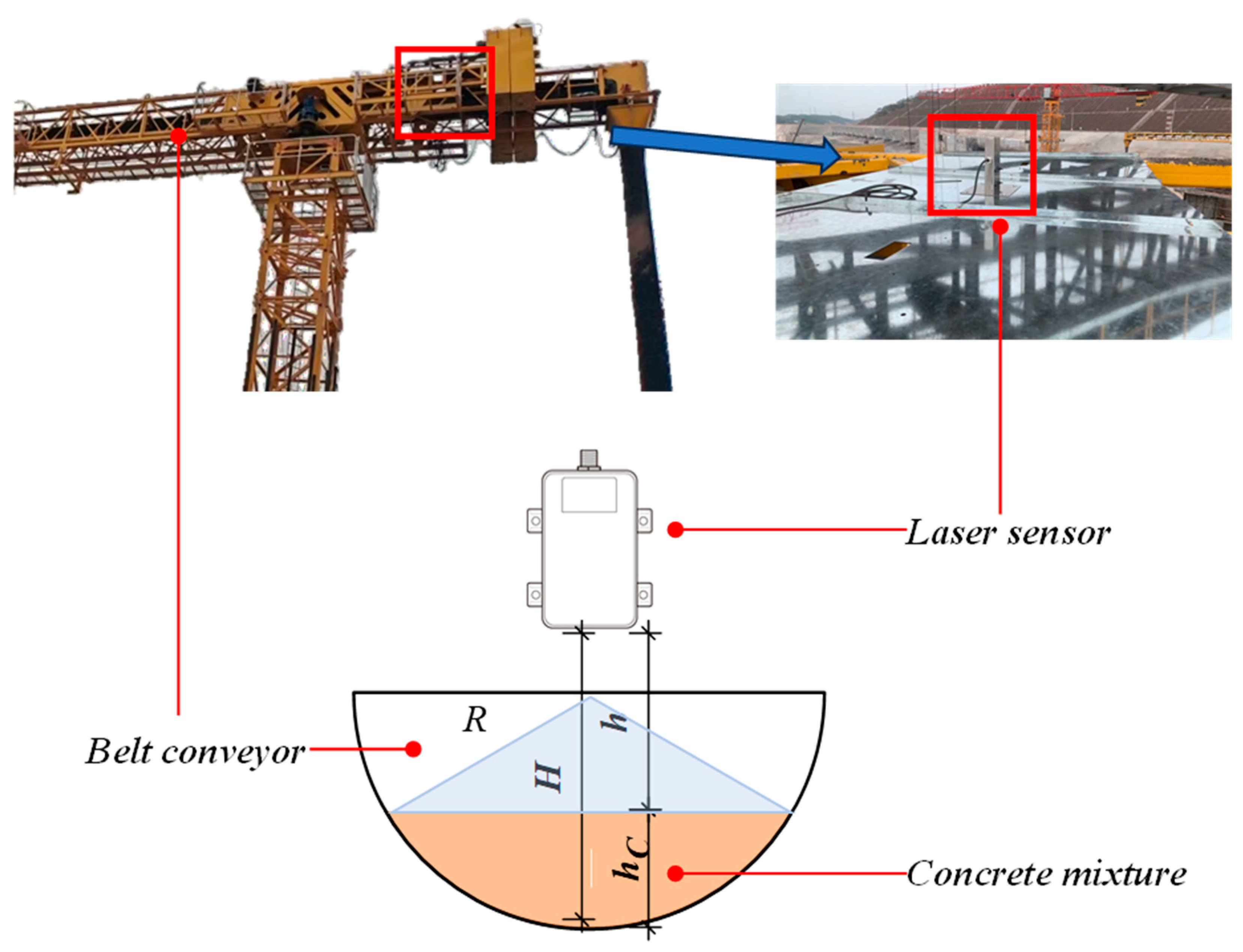

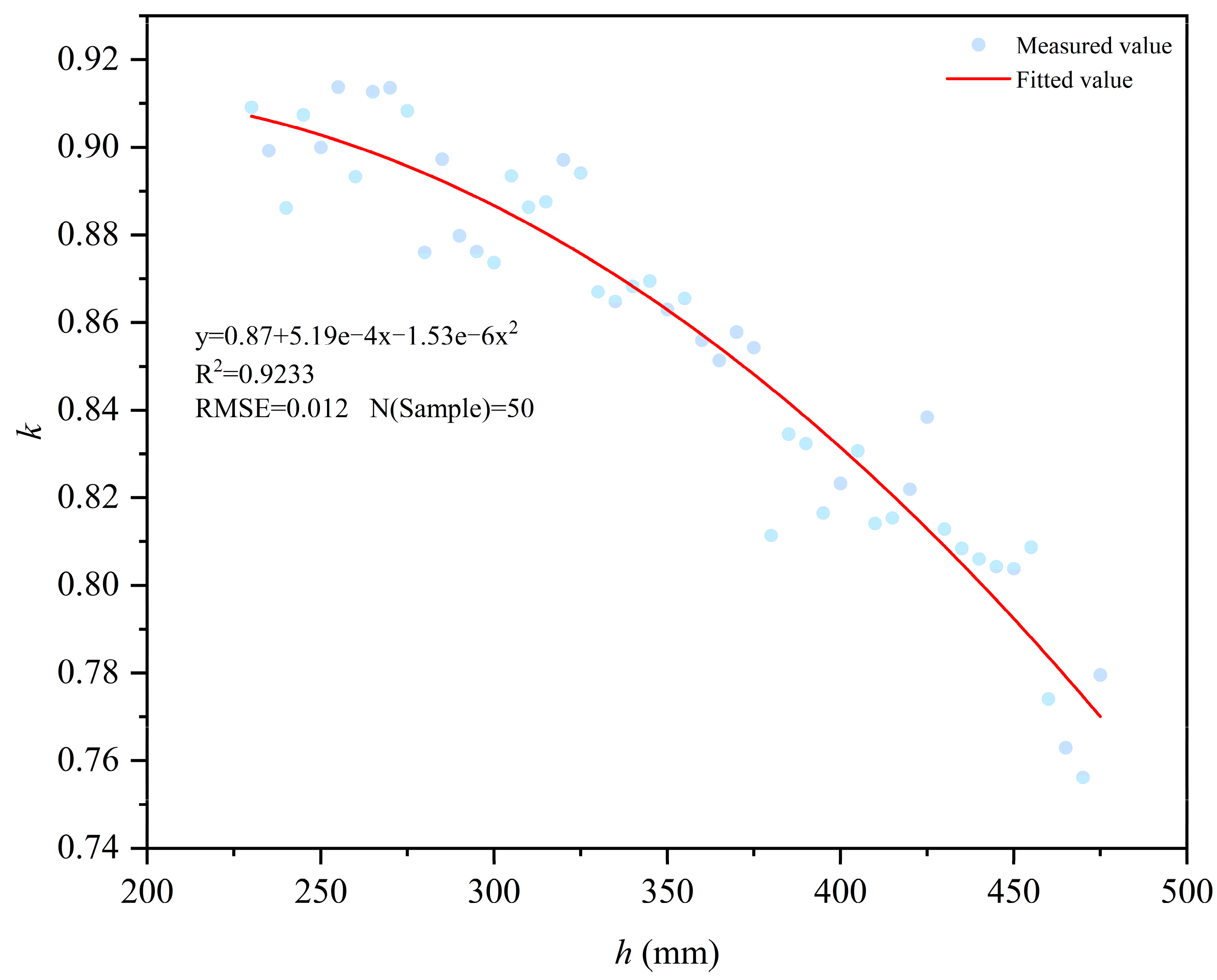

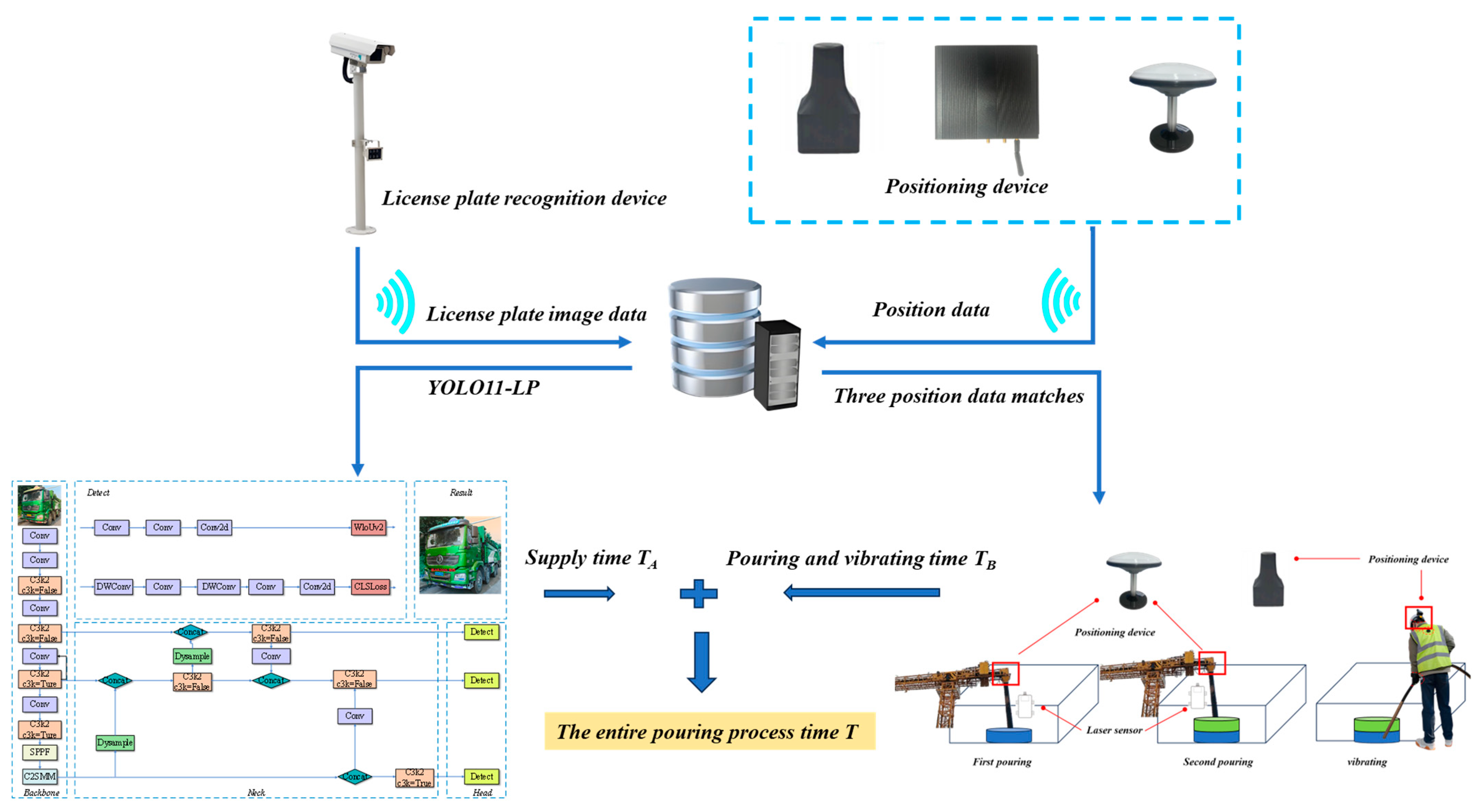

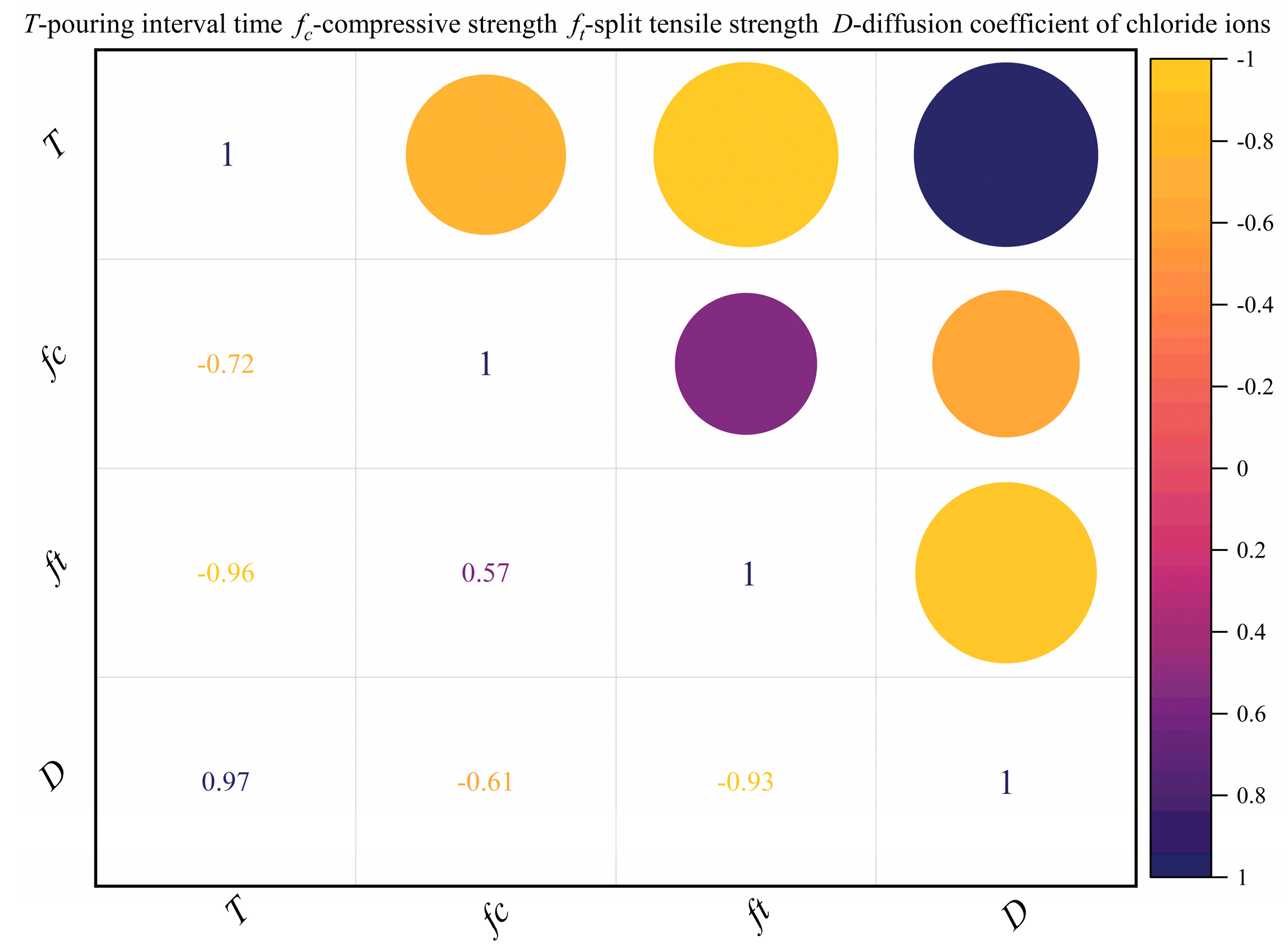
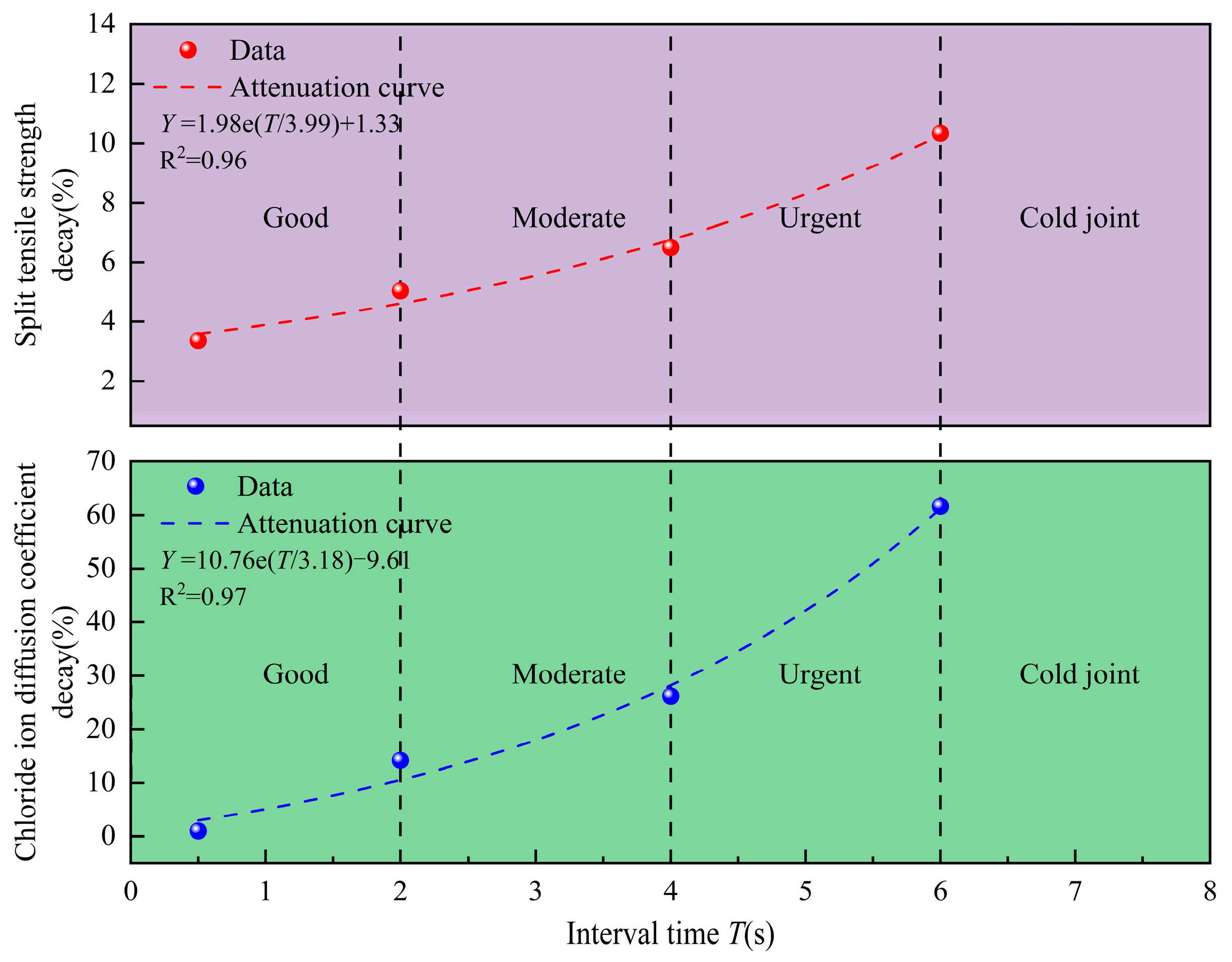
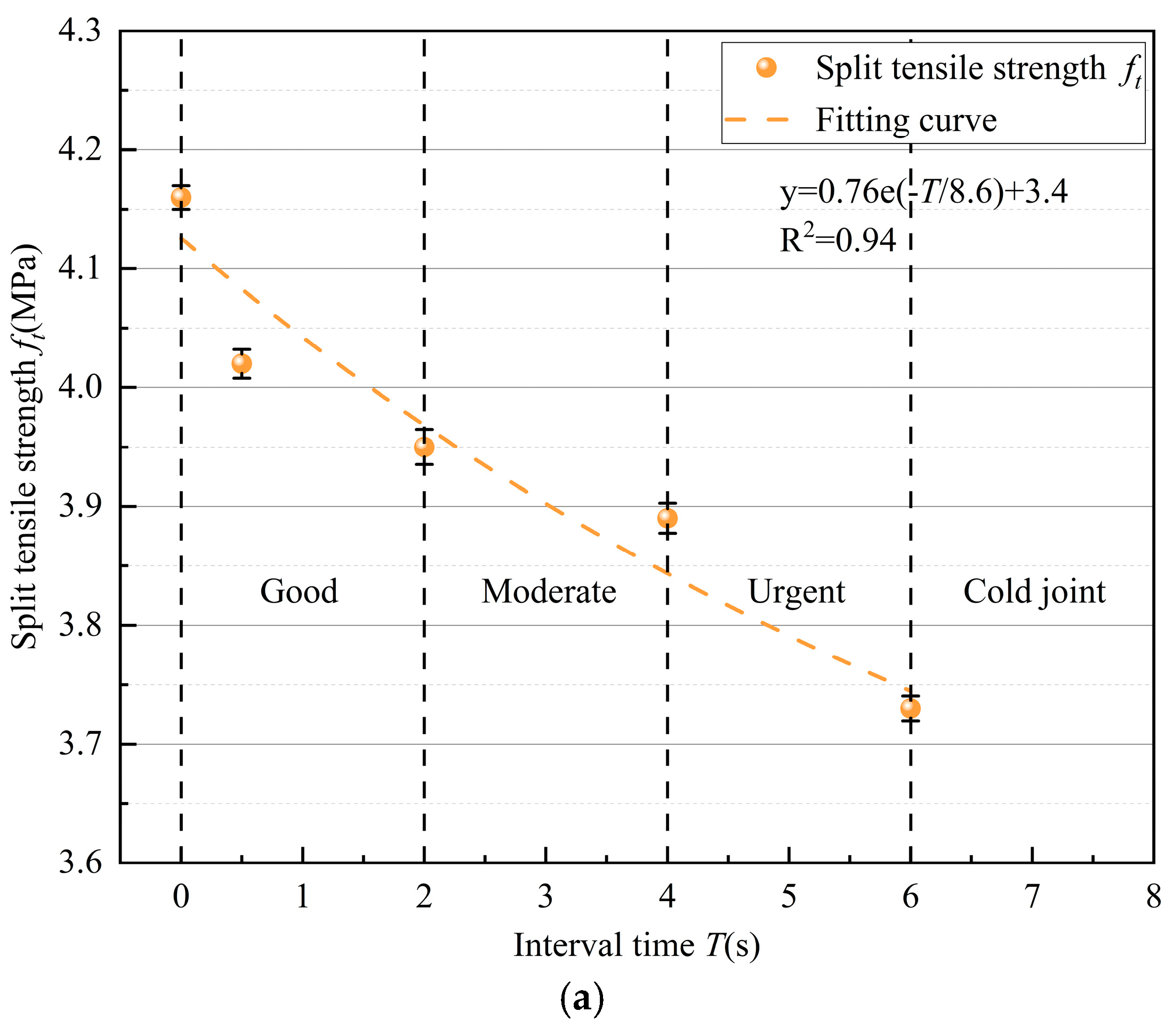
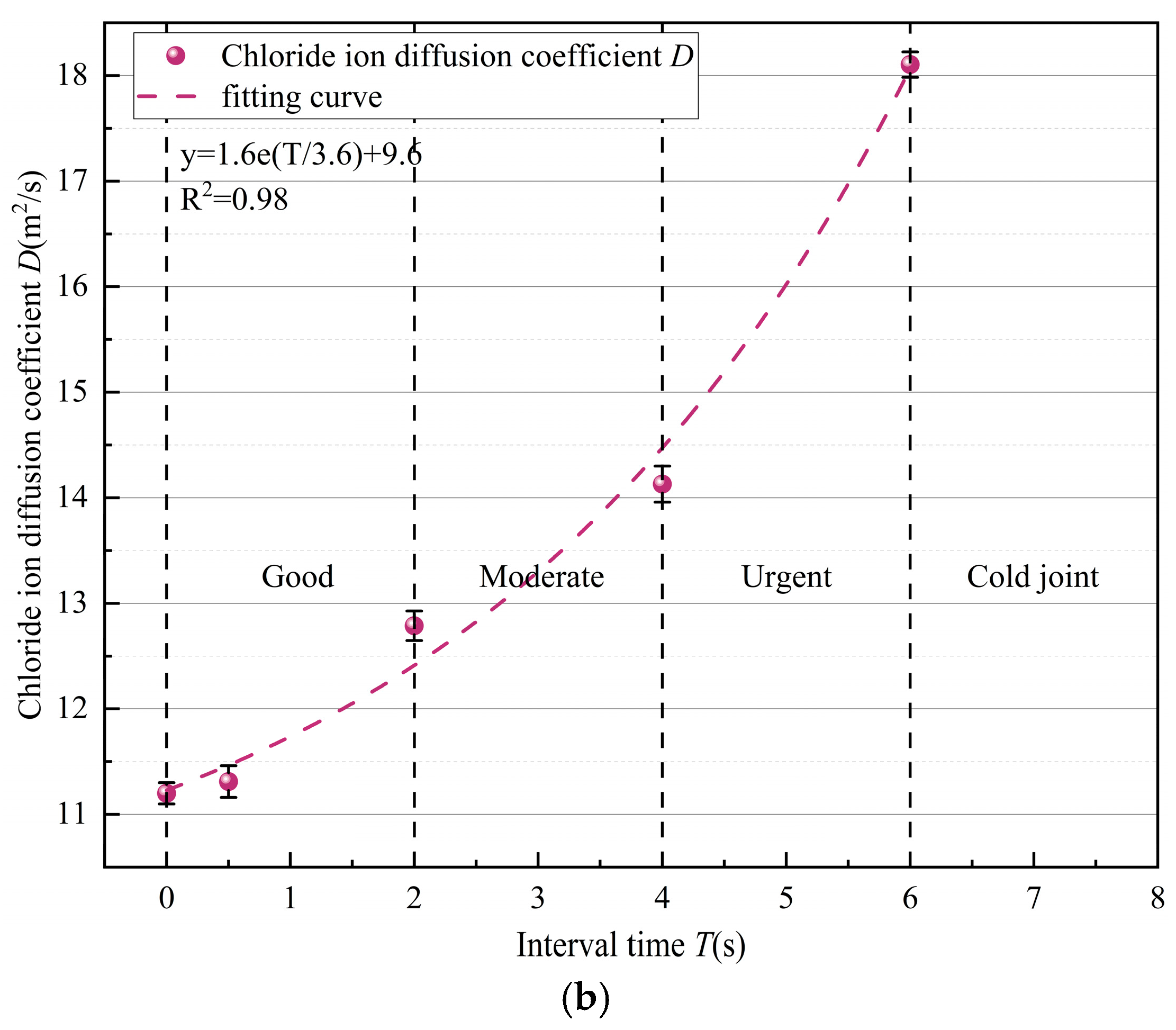

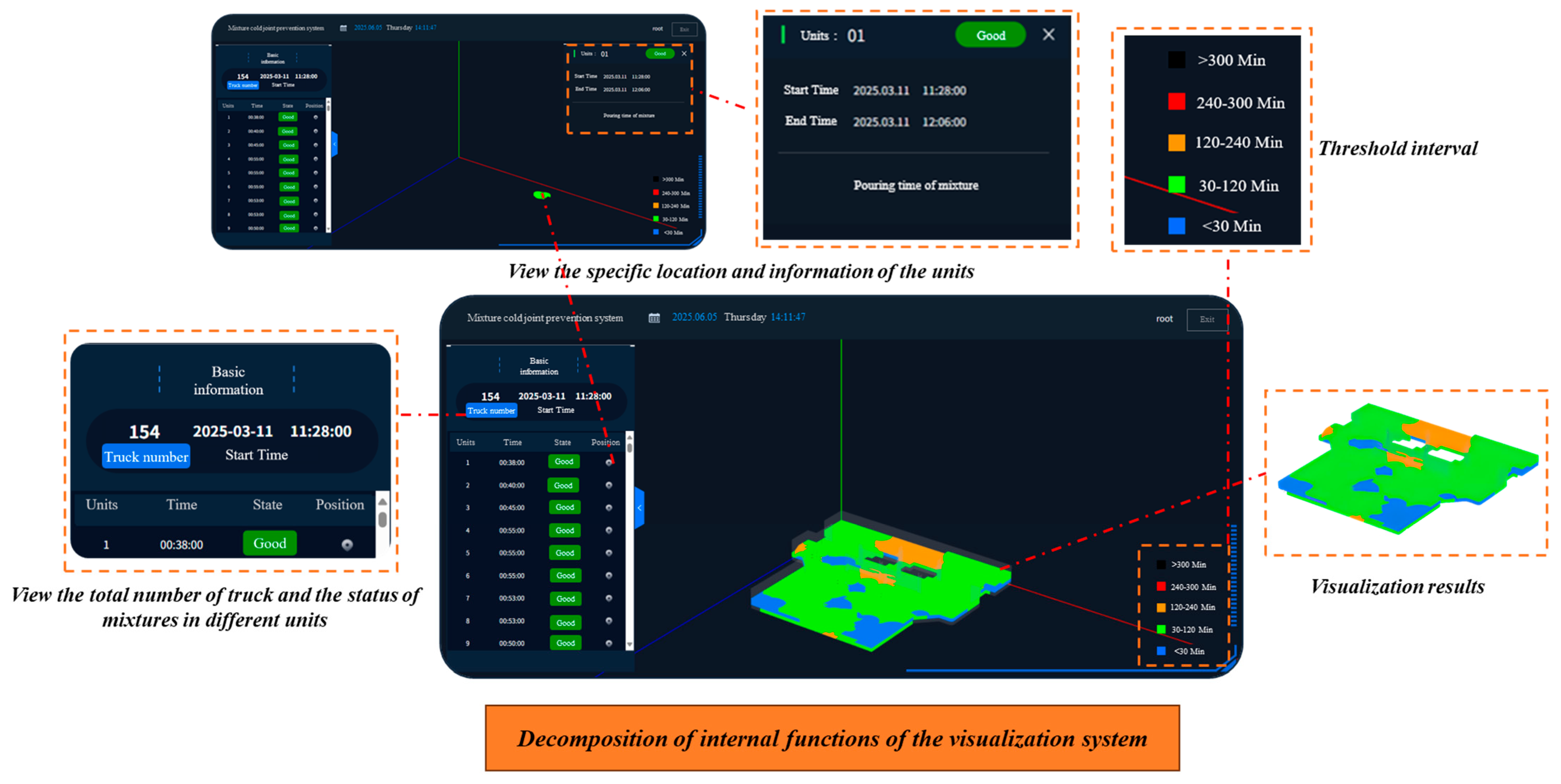

| Specimen | Pouring Interval (h) | Stage | Size | Test Method |
|---|---|---|---|---|
| T0-1 | 0 | Normal | 150 × 150 × 150 | Mechanical properties |
| T0-2 | Φ100 × 50 | chloride-ion penetration resistance | ||
| T0.5-1 | 0.5 | Initial setting | 150 × 150 × 150 | Mechanical properties |
| T0.5-2 | Φ100 × 50 | chloride-ion penetration resistance | ||
| T2-1 | 2 | 150 × 150 × 150 | Mechanical properties | |
| T2-2 | Φ100 × 50 | chloride-ion penetration resistance | ||
| T4-1 | 4 | 150 × 150 × 150 | Mechanical properties | |
| T4-2 | Φ100 × 50 | chloride-ion penetration resistance | ||
| T6-1 | 6 | After initial setting | 150 × 150 × 150 | Mechanical properties |
| T6-2 | Φ100 × 50 | chloride-ion penetration resistance |
| Grade | Mix Proportion(kg/m3) | |||||||
|---|---|---|---|---|---|---|---|---|
| Cement | Fly Ash | Mineral Powder | CPA | Fine Aggregate | Coarse Aggregate | Water | Water Reducer | |
| C30 | 141 | 56 | 56 | 28 | 764 | 1357 | 118 | 4.5 |
| Interval Time (S) | Split Tensile Strength (MPa) | Compressive Strength (MPa) | Chloride Ion Diffusion Coefficient (MPa) |
|---|---|---|---|
| 0 | 4.16 | 58.6 | 11.2 |
| 0.5 | 4.02 | 59.2 | 11.3106 |
| 2 | 3.95 | 58.3 | 12.7874 |
| 4 | 3.89 | 58.1 | 14.1293 |
| 6 | 3.73 | 58.2 | 18.1041 |
| Variable | Correlation Coefficient (r) | p-Value | 95% CI | Interpretation |
|---|---|---|---|---|
| Compressive strength | −0.72 | 0.169 | [−0.98, 0.443] | No significant correlation |
| Split tensile strength | −0.96 | 0.01 | [−0.997, −0.505] | Significant negative correlation |
| Chloride ion diffusion coefficient | 0.97 | 0.006 | [0.619, 0.998] | Significant positive correlation |
Disclaimer/Publisher’s Note: The statements, opinions and data contained in all publications are solely those of the individual author(s) and contributor(s) and not of MDPI and/or the editor(s). MDPI and/or the editor(s) disclaim responsibility for any injury to people or property resulting from any ideas, methods, instructions or products referred to in the content. |
© 2025 by the authors. Licensee MDPI, Basel, Switzerland. This article is an open access article distributed under the terms and conditions of the Creative Commons Attribution (CC BY) license (https://creativecommons.org/licenses/by/4.0/).
Share and Cite
He, L.; Yu, L.; Qu, H.; Tian, Z. Concrete Mixture Cold Joint Prevention and Control System. Buildings 2025, 15, 3096. https://doi.org/10.3390/buildings15173096
He L, Yu L, Qu H, Tian Z. Concrete Mixture Cold Joint Prevention and Control System. Buildings. 2025; 15(17):3096. https://doi.org/10.3390/buildings15173096
Chicago/Turabian StyleHe, Liping, Linjiang Yu, Huidong Qu, and Zhenghong Tian. 2025. "Concrete Mixture Cold Joint Prevention and Control System" Buildings 15, no. 17: 3096. https://doi.org/10.3390/buildings15173096
APA StyleHe, L., Yu, L., Qu, H., & Tian, Z. (2025). Concrete Mixture Cold Joint Prevention and Control System. Buildings, 15(17), 3096. https://doi.org/10.3390/buildings15173096






